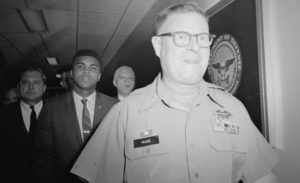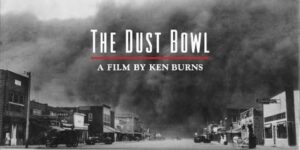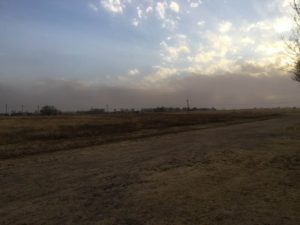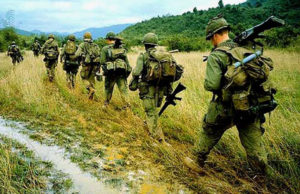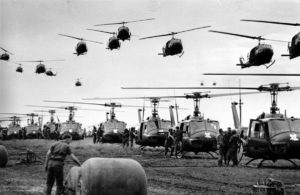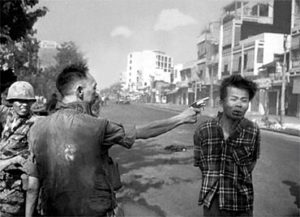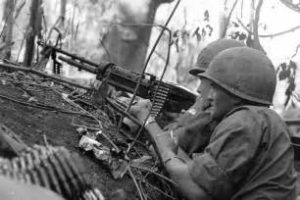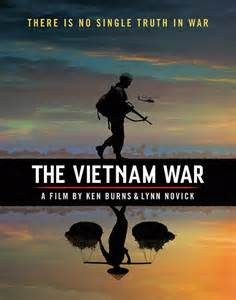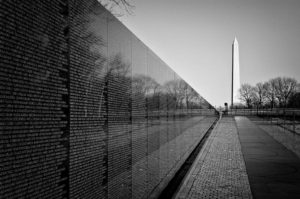Some readers of this blog might know that I am a big fan of public television. I worked for a time as a freelance blogger for a public TV station in Amarillo — Panhandle PBS, based at Amarillo College — not long after my print journalism career ended.
Whenever I hear the name Ken Burns attached to a public TV special, I perk up instantly and commit to watching whatever Burns assembles for the public air waves.
I just finished binge-watching a four-part special on The Greatest, aka “Muhammad Ali.”
Wow! What a special! What a man Ali became.
Ali died in 2016 at age 74 of complications from the Parkinson’s disease with which he had been diagnosed since 1984.
Burns and his staff of colleagues, producers, editors and writers assembled a fantastic broadcast journey that took viewers through Ali’s childhood in Louisville, Ky., to the 1960 Olympics in Rome, to his professional boxing career, his wins and losses, his exile for following his religious objection to the Vietnam War, his becoming a Muslim, his troubled marriages to four women (and his relentless womanizing along the way), his status as a cultural icon and how he became the Most Famous Man in the World and finally to his death.
You are reading the words of a longtime fan of Muhammad Ali. I cannot watch without crying his 1996 appearance at the Atlanta Olympics when he lit the torch. It was a seminal moment in Ali’s journey from world-class athlete to world-class human being.
Public TV brought all this to viewers. It was a stunning bit of television. Then again, none of us should be surprised that Ken Burns — arguably the world’s foremost documentary filmmaker — could deliver such epic TV programming to our living rooms.
If you get a chance, check out this latest contribution from Ken Burns. You will learn something about The Greatest.
